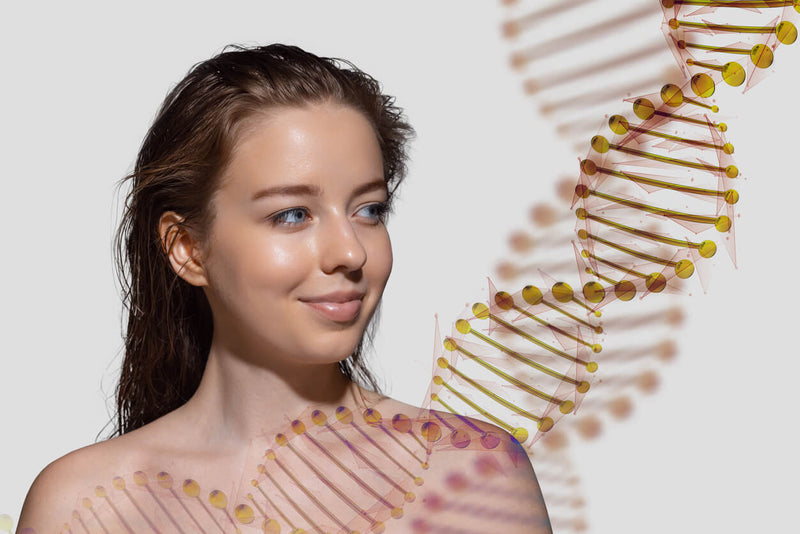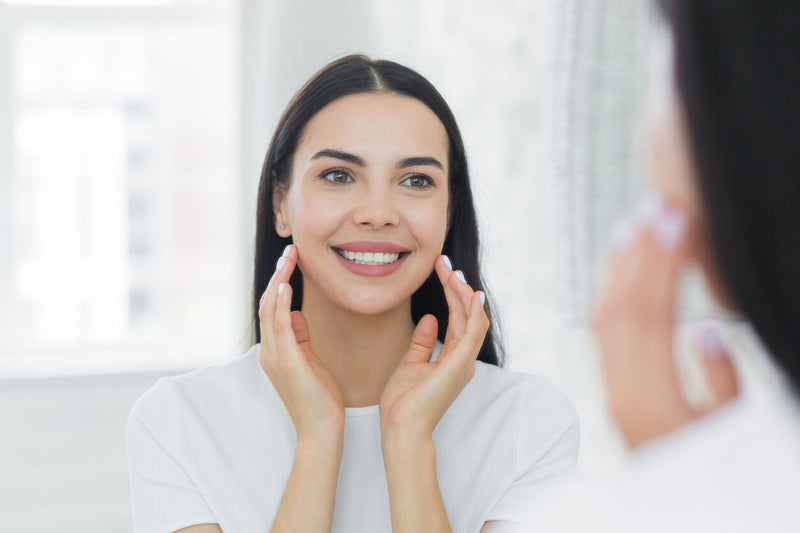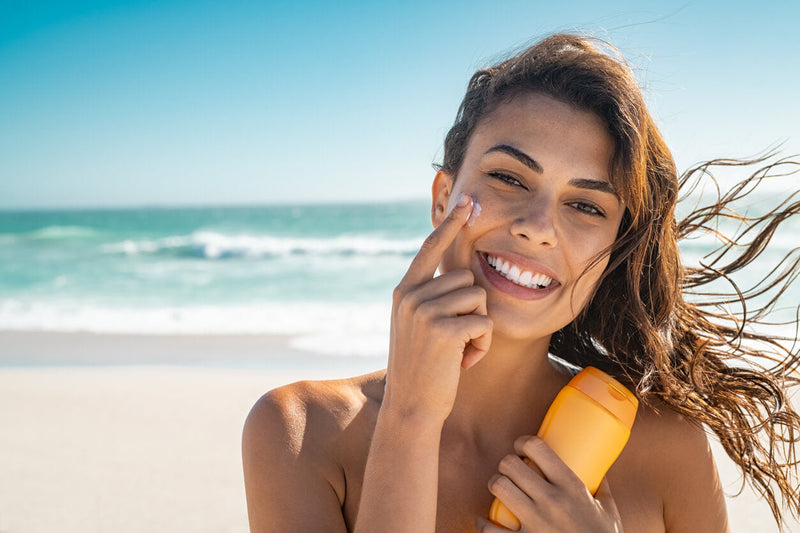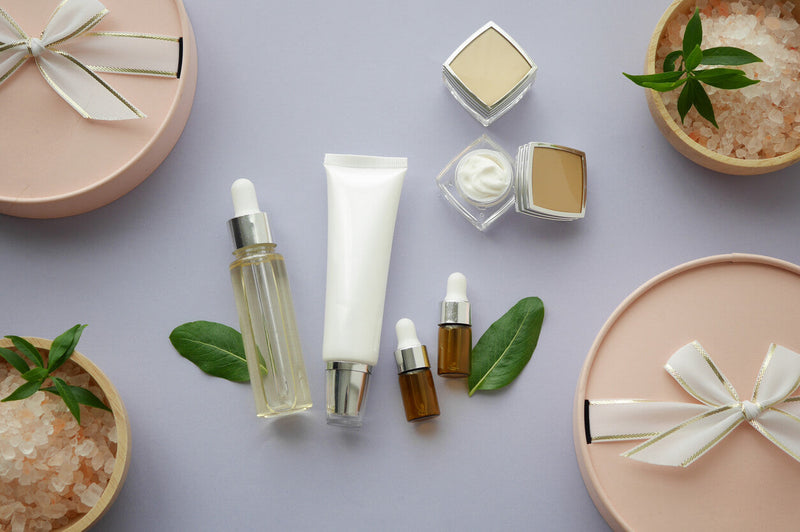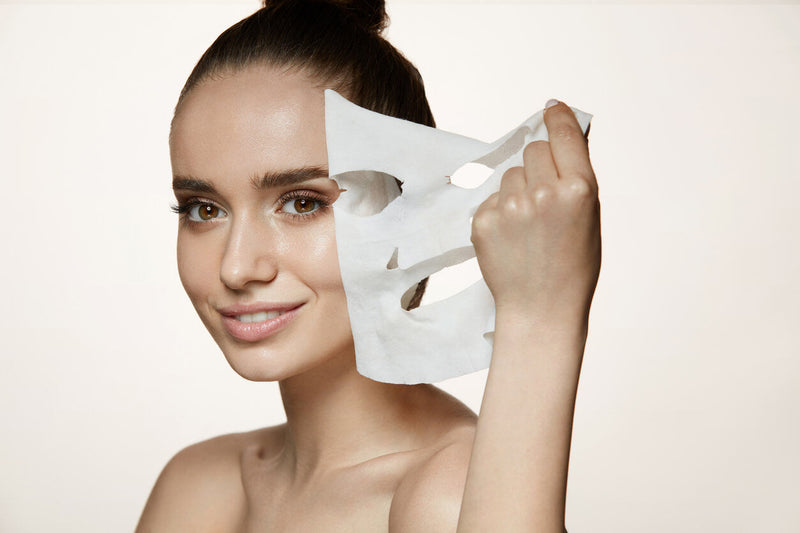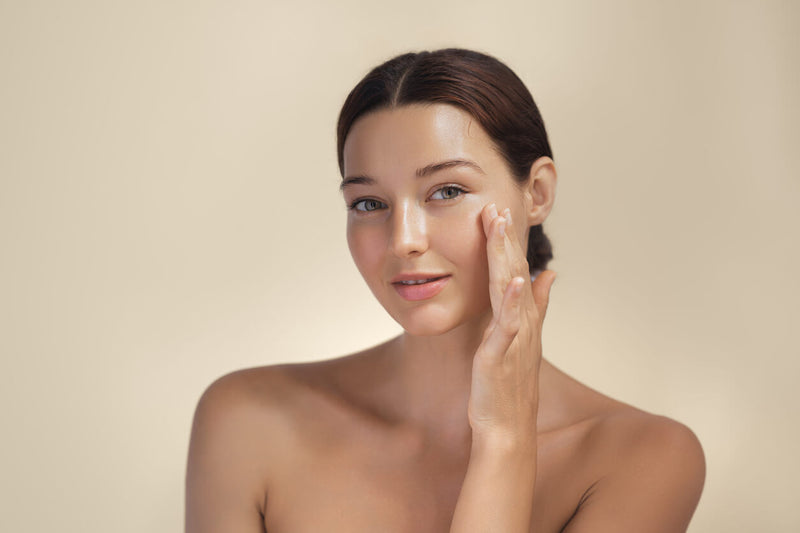

We all know the importance of wearing sunscreen every day. Apart from protecting your skin against the harmful effects of UV rays, it also helps slow down or reduce skin aging. Sunscreens, however, can sometimes be confusing and there are lots of questions regarding the way it works and protects the skin.
Continue reading as we shed light on some of the most common SPF concerns and answer seven questions about sunscreen.
1. How does sunscreen work?
This depends on the type of sunscreen you use. The two types of sunscreens are:
- Physical blockers (also called mineral sunscreens) – contain titanium dioxide or zinc oxide that reflects UV rays from the sun. These ingredients form a barrier (a thin protective film) that reflects UV light, so your skin doesn’t absorb it.
- Chemical absorbers – use chemical ingredients (including oxybenzone, avobenzone, octinoxate, and octisalate) that absorb the UV rays. These let the UV light get absorbed into the skin, convert it into heat, and release it from the body.
2. Which type of sunscreen is best for you?
There is no specific brand or type that will work for everyone. Those with sensitive skin, for instance, may tolerate physical sunscreens better than chemical ones and those with dry skin may love the extra moisturization they provide. People with oily skin, however, may prefer chemical formulas because of their light texture and how quickly they get absorbed into the skin.
The best type of sunscreen, of course, is the one that you’ll wear regularly and reapply as needed. You may also be glad to know that there are hybrid sunscreens or those that use both physical and chemical filters to block UV rays. There are also tinted sunscreens that block UV and visible light while also concealing redness and blemishes.
Dr. Sylvia Skin Care has two broad-spectrum face sunscreens that offer UV protection and more skin benefits.
- Sunshield SPF 45 – a lightweight formula that offers UVA and UVB protection. It helps hydrate and moisturize the skin, as well as soothe it, reducing redness and irritation. The formula is also free from dyes and fragrances, which makes it ideal for those with sensitive skin.
- Sheer Defense Tinted SPF 46 – a fast-absorbing sunscreen that contains soothing properties and a high level of antioxidants. It features a universal tint that matches most skin types and has niacinamide that reduces redness and blotchiness. The formula also provides infrared protection and helps fight against free radicals.
3. Does SPF 100 offer 100% protection?
SPF or sun protection factor measures how well a sunscreen protects your skin against UVB rays, the kind of UV rays that cause sunburn. It indicates the time it takes for your skin to start to burn or redden with the sunscreen applied and not the amount of time you should spend in the sun.
If your skin, for instance, starts to redden or burn after 10 minutes of sun exposure, a product with SPF 15 would offer 15 times more protection or about 150 minutes (10 minutes multiplied by 15). This, of course, is a rough estimate, as it can still depend on the UV rays’ intensity, your skin type, and the amount of sunscreen applied.
It is also worth noting that SPF is not linear. SPF 15 blocks about 93% of UVB rays, SPF 30 blocks 97%, SPF 50 blocks 98%, and SPF 100 blocks 99%. No sunscreen can offer 100% protection. And as previously mentioned, how a sunscreen will work in a real-life setting can still depend on your application levels (and frequency) and the sun’s intensity.
The recommended SPF rating for most between is 30 to 50. You can still choose to wear a product with SPF 100, but do take note that its difference to SPF 30 and 50 is minimal. Don’t think that a higher SPF means you get to spend more time in the sun and not get sunburn or any type of sun damage.
4. Does sunscreen prevent tanning?
The short answer is yes. It can disperse or absorb UV light that causes the skin to tan and prevent skin damage. When used properly, it offers defense against the sun, which helps prevent sunburns and skin cancer, as well as slows down skin aging. But regardless of the type of sunscreen you use, a small amount of UV rays can still penetrate the skin and activate the skin’s pigment.
It is important to remember, however, that a tan is your body’s way of protecting itself from UV damage. It is not true that it will protect you from burns and other types of damage caused by UV rays. There is no such thing as a healthy or safe tan; any method that exposes your skin to UV rays will cause damage.
It is worth noting that no sunscreen can prevent tanning, especially with prolonged or extended sun exposure. In fact, you can still tan even with a high SPF like SPF 50 or 70, but it doesn’t eliminate the risks of tanning completely. Tanning can speed up skin aging and wrinkling, as well as increase your risk of skin cancer.
5. Does sunscreen block vitamin D?
Sunscreens prevent sun damage by blocking UVB light, which is known to assist in vitamin D production. Vitamin D plays an important role in regulating calcium levels, which helps keep your bones strong. It also supports immune health, brain cell activity, muscle function, and more, as well as help fight certain diseases. And sun exposure is the best way to obtain vitamin D.
This doesn’t mean, however, that applying sunscreen and other sun protection products results in vitamin D deficiency. Studies suggest that those who use sunscreen can still maintain their vitamin D level. Normal usage of sunscreen by adults does not affect the body’s ability to produce enough levels of vitamin D and should not be discouraged from applying SPF.
6. Can makeup or other skincare products with SPF replace regular sunscreen?
Some foundations, concealers, and moisturizers contain SPF, offering additional UV protection. The SPF in these products still works, but it can still depend on the amount you apply and the SPF rating. And to get the level of SPF protection advertised on the makeup, you need to apply lots of it or about ¼ teaspoon to your face.
The thing, however, is many of us don’t use a generous amount or reapply makeup/moisturizers throughout the day. This is why products with SPF cannot replace regular sunscreen. What you can do is use both a broad-spectrum sunscreen and makeup with SPF; the latter can add a layer of UV filter to your skin.
For further reading: Makeup with SPF: Does it Provide Enough Sun Protection?
7. How should you wear sunscreen for optimal protection?
Our aesthetic clinic in Singapore provides a few tips on applying sunscreen the right way.
- Wear sunscreen daily, regardless of the weather.
- Apply sunscreen liberally, about an ounce to cover every part of the body exposed to the sun.
- Make sure to apply sunscreen on your face, neck, and other areas that will be exposed to the sun. Don’t forget commonly neglected body parts for sun protection.
- Wear broad-spectrum sunscreen with SPF 30 or higher.
- Apply sunscreen 20 to 30 minutes before sun exposure or going outside.
- Reapply sunscreen at least every two hours and after swimming, sweating, and towel drying.
Don’t rely on sunscreen alone
Quality sunscreens do protect you from the sun, but you shouldn’t solely rely on them for sun protection. You should stay indoors or seek shade when sun rays are the strongest, between 10 am to 4 pm. You should also protect yourself with sunglasses, a wide-brimmed hat, and UV protective clothing. And most importantly, avoid tanning beds.
For more skin care tips and product recommendations, browse through our blog. You can also contact Cutis Medical Laser Clinics in Singapore and schedule a consultation with our aesthetic doctor if you have sun damage skin issues, photoaging, or any skin concern that’s making you self-conscious.

